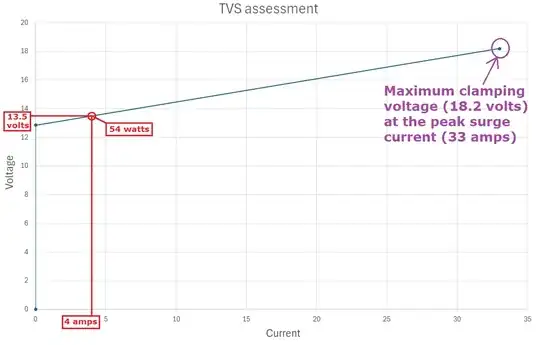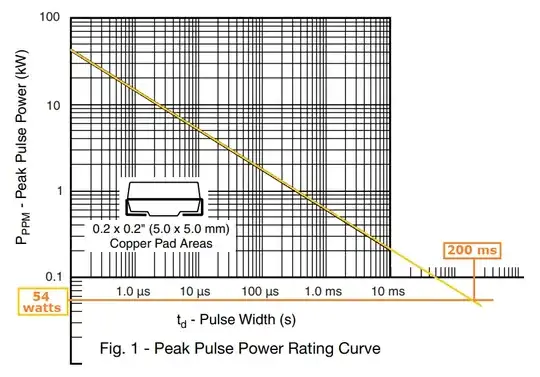So what does the Max Breakdown voltage concept explain?
It tells you what the maximum terminal voltage that may be seen at the test current (\$I_T\$) for any particular device in a batch you tested. The minimum breakdown voltage tells you that for the test current \$I_T\$, the voltage might be somewhat lower.
In other words, it tells you something about the "spread" of breakdown voltages in a batch of items. Think of it as a product guarantee.
Does our TVS diode burn when it constantly rises slightly above the
maximum breakdown voltage?
The only guarantee here is that if the voltage rises to the minimum breakdown voltage, none of the TVS diodes in the batch will burn. This is because (for the bottom device in your list, the power will be 12.2 volts x 1mA = trivially small.
However, if you have a device that has an actual breakdown voltage of 12.2 volts (the minimal in the data sheet) but tested it at 13.5 volts, it could easily burn. Even a device that was nominal i.e. 12.85 volts, it may still burn at 13.5 volts.
Can it withstand this voltage continuously within the max and min
voltage range?
No. Here is what I estimate the SMBJ11 will be be subject to if it had a nominal breakdown voltage of 12.85 volts and was subject to an over-voltage of 13.5 volts: -

As you can see it will dissipate 54 watts and burn inside 1 second: -

Image modified from data sheet


